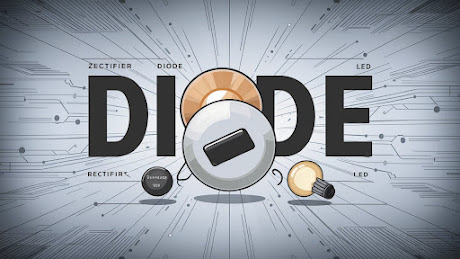Comprehensive Guide to Electrical Connectors: Types, Uses, and Benefits

In the world of electrical engineering and electronics, connectors play a crucial role in ensuring the seamless transmission of power and signals. From everyday household appliances to complex industrial machinery, electrical connectors are ubiquitous and vital for functionality. This comprehensive guide delves into the various types of electrical connectors, their uses, benefits, and considerations for selection. Introduction Electrical connectors are essential components that join electrical circuits together. They provide a reliable means to connect and disconnect power or signal pathways without the need for splicing or soldering wires permanently. The right connector ensures optimal performance, safety, and longevity of electrical systems. Types of Electrical Connectors Wire-to-Wire Connectors Wire-to-wire connectors are used to join two or more wires together. They are commonly found in automotive, industrial, and household applications. Butt Connectors: These cylindrical connec...







